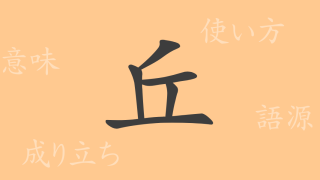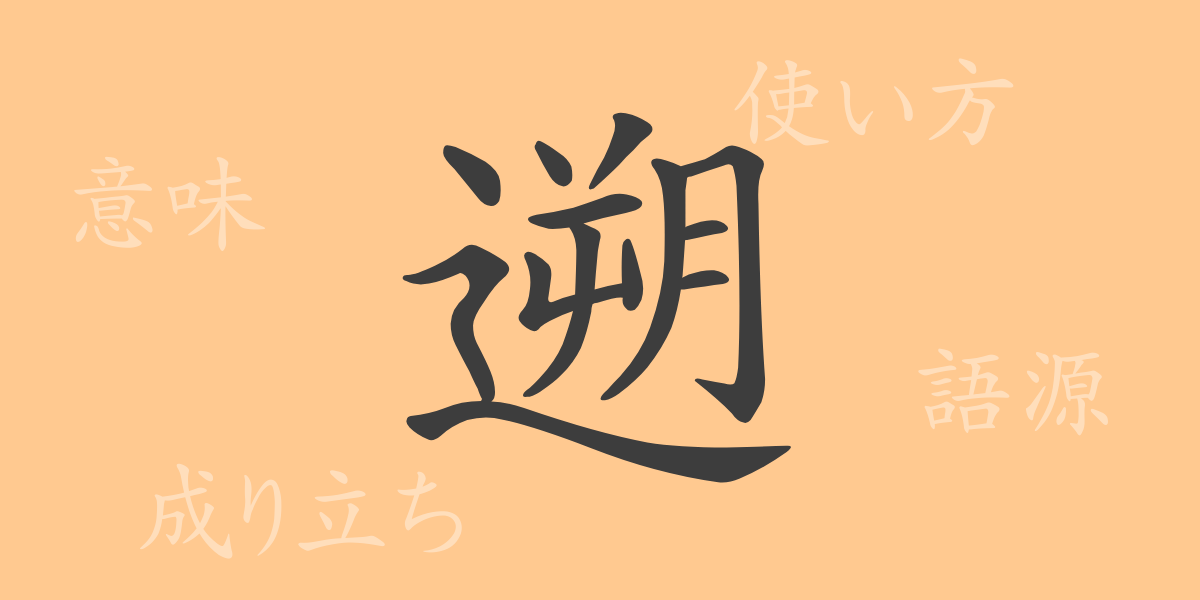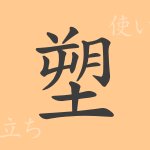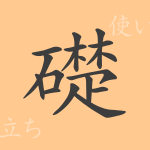The history and meaning of each Kanji symbolize the depth of the Japanese language. Although not commonly used in everyday life, the Kanji “遡” (ソ) plays a significant role in legal and historical contexts. This article will delve into the origins, meanings, usages, readings, and related idioms and proverbs of “遡” (ソ), taking you on a journey back in time through the language.
Origins of 遡 (ソ)
The Kanji “遡” (ソ) is an ancient character depicting the act of going against the flow. It combines “步” (ホ), originally signifying walking, with “巛” (チュウ), representing water flow. Initially used in ancient China to describe traveling upstream in rivers, it has come to mean tracing back in time or events.
Meaning and Usage of 遡 (ソ)
“遡” (ソ) means to go back in time or order of events, and also to move upstream in a river or stream. In legal terms, it appears in the phrase “遡及効” (ソキュウコウ), denoting the retrospective application of laws or regulations. While it is not frequently used in everyday conversations, it is prevalent in specialized contexts.
Readings, Stroke Count, and Radical of 遡 (ソ)
Here are the details about the Kanji “遡” (ソ):
- Readings: The on’yomi (Sino-Japanese reading) is “ソ” (ソ), and the kun’yomi (native Japanese reading) is “さかのぼる” (サカノボル).
- Stroke Count: A total of 14 strokes.
- Radical: The radical is “辵” (シンニョウ), related to walking or advancing.
Phrases, Idioms, and Proverbs Using 遡 (ソ) and Their Meanings
Idioms and phrases that include “遡” (ソ) utilize its unique meanings effectively. Here are a few examples:
- 遡行 (ソコウ): Going upstream in a river.
- 遡及 (ソキュウ): The retrospective application of laws or regulations.
- 遡源 (ソゲン): Tracing back to the origin or source of something.
- 遡求 (ソキュウ): Researching or investigating past events.
Summary on 遡 (ソ)
The Kanji “遡” (ソ) embodies the concept of moving back in time or upstream, with notable usage in legal terminology. This Kanji demands understanding primarily in specialized fields rather than in everyday life. Through this article, we hope to deepen your understanding of the historical and contemporary applications of “遡” (ソ), enriching your appreciation of the profound meanings behind the words.

























